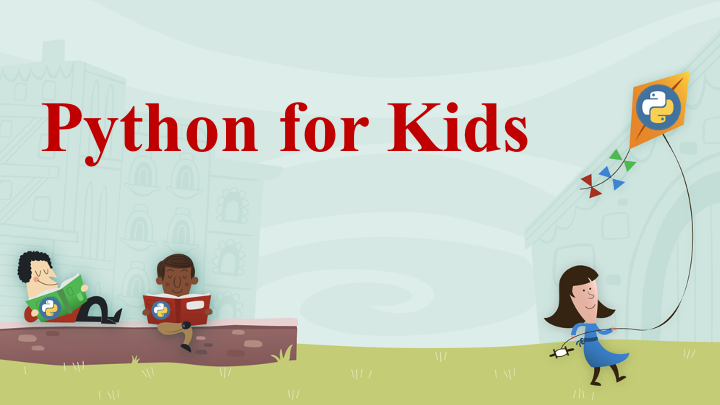Why Kids Should Be Coding Python Amid COVID-19 Crisis?

Digital Transformation Is Almost Over
Python has recently become the second most used programming language in the world. Globally, programmers are in very high demand, and it would be more so in the future due to the increasing digitization of the global economy. Computing technologies and data are the backbones of modern digital economies. Over the last two decades, most organization have transformed their manual business processes into rule-based and data-driven ones. Amid digital transformation, the compute and disk storage started becoming cheap — consequently, the organization began accumulating vast volumes of data.
AI Transformation Is Up Next
The next phase of transformation is about AI transformation. We are going to migrate into AI space where almost everything, whether it is businesses, education, healthcare, or vehicles, would be AI-enabled.
For a successful transformation, public and private organizations need to conquer the following challenges;
process the vast amount of accumulated data,
make sense of it through exploratory analysis
train machine learning models, and
replace rule-based business processes with AI-powered smarter and automated processes
Data science and machine learning are going to be critical ingredients of AI transformation. That is why most organizations are still hiring data scientists amid the COVID-19 crisis.
Global Economy Needs Python Programmers
Python is the programming language of data science and machine learning. Most organizations are struggling to hire and retain data scientists with strong programming skills. A good Python programmer can quickly learn important data science and machine learning skills. That is why the kids at school must start learning Python programming now. So that in the future, they can easily pick up data science and machine learning related courses at universities.
Governments across the world are in the process of introducing programming as a mandatory subject in schools. The new curriculums and degree programs will also be involving intensive computer programming.
Python For Kids
In summer 2019, from Datalya’s platform, I delivered Python for Kids course. In the class, we had students who were studying in grades 3, 4, and 5 (ages 8 to 11 years). We adapted the idea of parent-kid pair programming, as the kids in lower grades would need help with the implementation of programming instructions. We kept it a hands-on programming course, where students would be explained the concept first and then asked to do practice on the computer by writing Python code. At the end of the course, both parents and kids were pleasantly surprised and happy that later had picked up the core concepts of Python programming.
I am thankful to Datalya leadership that they agreed to make the course material available for free download amid the COVID-19 crisis.
Download Free Learning Material
Probably this is the best time for kids to learn Python programming skills, as they have enough time to learn something different.
The course has been split into three weeks (slides) as listed below:
WEEK 1:
Installing and setting up the Python environment
First Turtle Program — a package in Python
What are Number Variables?
What are String Variables?
How Lists work in Python?
WEEK 2:
What is Python Dictionary?
How For Loop works for repetitive tasks?
How to used if-else Statements
WEEK 3:
What is Jupyter Notebook, and How to use it?
What Pandas dataframes and how to use them?
Visualization with Seaborn package
I would suggest to cover a week’s material by spending 1–2 hours every day. This approach would let the kid(s) absorb core Python concepts and keep them in memory for a more extended period.
If you have any questions related to the course material, please do not hesitate to contact me.
This article was originally published on Medium.